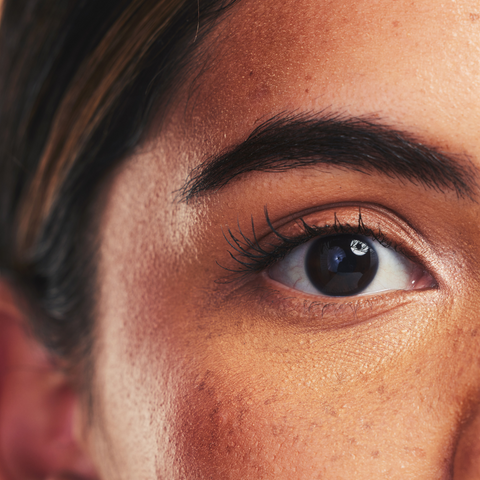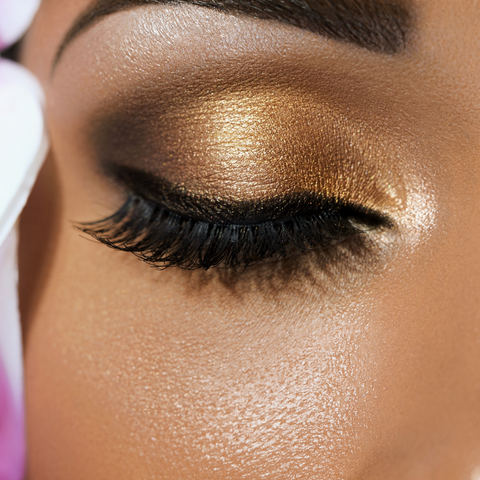Introduction
Melasma, a common skin condition characterized by dark patches on the face, affects millions of individuals worldwide. These patches can significantly impact one's appearance and self-confidence. Fortunately, numerous treatment options are available to help manage and reduce the appearance of melasma, allowing individuals to achieve radiant, glowing skin once again. In our comprehensive guide, we will discuss the best treatment for melasma on face.

What is Melasma?
Melasma is a chronic skin condition characterized by the development of dark, irregular patches on the face, particularly on areas exposed to sunlight. These patches typically appear on the cheeks, forehead, nose, and upper lip. While melasma does not pose any health risks, it can significantly impact an individual's self-esteem and quality of life.
Recognizing Melasma Symptoms
Melasma presents as symmetrical, hyperpigmented patches on the face, ranging from light brown to dark brown in color. These patches often have a well-defined border and may gradually darken over time. Common triggers for melasma include sun exposure, hormonal changes, and certain medications.
Different Types and Severity Levels of Melasma
Melasma can be categorized into three main types: epidermal, dermal, and mixed. Epidermal melasma affects the top layer of the skin and is characterized by brownish pigmentation. Dermal melasma affects the deeper layers of the skin and appears as blue-gray patches. Mixed melasma involves a combination of both epidermal and dermal pigmentation. The severity of melasma can vary, ranging from mild to severe, depending on the extent of pigmentation and the individual's skin type.

How Melasma Differs from Other Skin Pigmentation Issues
While melasma shares similarities with other skin pigmentation issues, such as post-inflammatory hyperpigmentation and sunspots, it is distinguished by its characteristic distribution pattern and association with hormonal changes. Unlike sunspots, which are caused by sun exposure, melasma patches often develop or worsen during pregnancy or when using hormonal contraceptives.
Exploring Treatment Options
Various treatment options are available to manage and reduce the appearance of melasma, ranging from topical medications to professional procedures.
1. Topical Treatments
Topical treatments, such as hydroquinone, tretinoin, corticosteroids, and kojic acid, are commonly used to lighten melasma patches and inhibit melanin production. These medications work by suppressing the activity of melanocytes, the cells responsible for producing pigment in the skin. It is essential to use topical treatments as directed by a dermatologist and to avoid prolonged sun exposure while undergoing treatment.
2. Oral Medications
In some cases, oral medications, such as tranexamic acid, oral contraceptives, and antioxidants, may be prescribed to help manage melasma. Tranexamic acid works by inhibiting the production of melanin in the skin, while oral contraceptives can help regulate hormonal fluctuations that contribute to melasma development. Antioxidants, such as vitamin C and E, can help protect the skin from oxidative damage and reduce inflammation.
3. Procedures and Therapies
For individuals with persistent or severe melasma, professional procedures and therapies may be recommended. These may include laser therapy, chemical peels, microdermabrasion, and fractional resurfacing. Laser therapy targets melanin in the skin, breaking it down and reducing the appearance of melasma patches. Chemical peels and microdermabrasion exfoliate the outer layer of the skin, promoting cell turnover and fading hyperpigmentation. Fractional resurfacing uses laser technology to target specific areas of pigmentation, leaving surrounding skin unaffected.
4. Holistic Approaches
In addition to conventional treatments, holistic approaches, such as dietary modifications, stress management techniques, and natural remedies, may help improve melasma symptoms. Consuming a balanced diet rich in antioxidants and vitamins can support overall skin health and reduce inflammation. Stress management techniques, such as meditation and yoga, can help regulate hormone levels and minimize melasma flare-ups. Natural remedies, such as aloe vera, licorice extract, and green tea, have been shown to possess skin-lightening properties and may complement traditional treatments.

Best Practices for Melasma Management
Managing melasma requires a comprehensive approach that addresses both external and internal factors contributing to the condition.
Developing a Customized Skincare Routine
A customized skincare routine can help manage melasma and prevent further pigmentation. This may include gentle cleansers, moisturizers, and sunscreen with broad-spectrum SPF protection. It is essential to choose skincare products that are suitable for your skin type and to avoid harsh ingredients that can irritate the skin and exacerbate melasma.
- Sun Protection: Sun protection is critical for individuals with melasma, as exposure to ultraviolet (UV) radiation can trigger pigmentation and worsen existing melasma patches. It is recommended to wear sunscreen with an SPF of 30 or higher daily, even on cloudy days, and to reapply every two hours when outdoors. Additionally, wearing protective clothing, such as wide-brimmed hats and sunglasses, can help shield the skin from harmful UV rays.
- Makeup Tips and Tricks: Makeup can be used to camouflage melasma patches and even out skin tone. When selecting makeup products, opt for non-comedogenic formulas that are suitable for sensitive skin. Use a color-correcting concealer to neutralize discoloration, followed by a lightweight foundation or tinted moisturizer to provide coverage. Set your makeup with a translucent powder to ensure long-lasting wear and minimize shine throughout the day.
- Diet and Nutrition: A balanced diet rich in fruits, vegetables, lean proteins, and whole grains can support overall skin health and reduce inflammation. Incorporate foods high in antioxidants, such as berries, leafy greens, and nuts, to help protect the skin from oxidative damage. Limit your intake of processed foods, sugary snacks, and alcohol, as these can exacerbate inflammation and contribute to skin problems.
Tips for Long-Term Maintenance
Maintaining melasma-free skin requires ongoing care and diligence. It is essential to adhere to your skincare routine, avoid triggers that can exacerbate melasma, and follow up with your dermatologist regularly to monitor your progress.

Key Takeaways!
Melasma may present challenges, but with the right approach and support, you can effectively manage the condition and achieve radiant, glowing skin. By understanding the underlying causes of melasma and by implementing the best treatment for melasma on face, you can take proactive steps toward improving your skin's appearance and enhancing your self-confidence. Remember to be patient and consistent in your skincare regimen, and don't hesitate to seek professional guidance if needed.
Are you ready to say goodbye to melasma and hello to radiant, glowing skin? Experience the potential of organic skincare with Organic Skin Lightener’s range of skin lightening products, especially the products for Melasma treatment formulated to address melasma and other pigmentation concerns.
Shop our collection today and unlock the secret to brighter, more even-toned skin. Your journey to healthy, luminous skin starts here!

